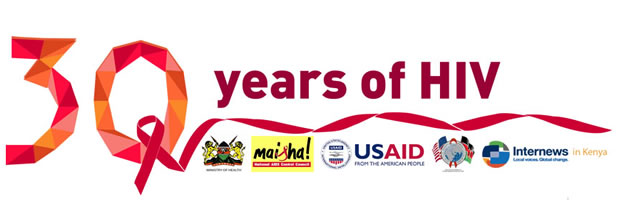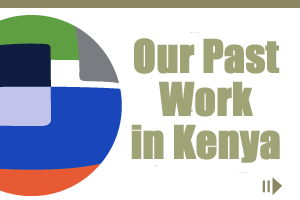By Dorothy Otieno and Dolphine Emali
p>Internews in Kenya and the National Aids Control Council have launched a month-long digital and photographic exhibition to mark 30 years of HIV in Kenya and the accompanying media coverage.Kenya has made tremendous strides in the response to HIV and the media coverage shows it. From images of emaciated people on their death beds to HIV positive mothers giving birth to healthy HIV negative children; from HIV Voluntary Counselling and Testing centres with a back door for clients to slip out unnoticed to VCT centres in public spaces; from people living with HIV (PLHIV) hiding their status from even their closest relatives to PLHIVs sharing their status in public including on mass media – the HIV scene is definitely not what it was 30 years ago. It has taken the unrelenting efforts of scientists, journalists, policy makers and rights activists to achieve these milestones.

2014 marks 30 years since the first documented case of HIV in Kenya. This occasion inspired Internews in Kenya to create 30 Years of HIV, an interactive digital project that explores the media coverage of the HIV epidemic in Kenya over time and marks key milestones along the way.
The project is intended to help journalists and society reflect on its own evolving understanding of the political, social, economic and human impact of HIV and whether the public information over three decades has done justice to the complexity of one of the greatest challenges of our time.
The project does this through a 3D timeline, interactive visualizations of 30 years of coverage of HIV by The Nation newspaper (the largest daily in East and Central Africa), photographic essays of people living with HIV and multimedia pieces that share the experiences of experts who are and have been on the frontline of the epidemic.
A review of data reveals that the country’s HIV epidemic is not as generalized as previously thought. Hyper-epidemics persist in parts of the country and this means that to succeed the HIV response must give special attention to populations at higher risk of HIV. This is set to be a priority area of intervention and for media coverage in 2015.
Counselling and testing services will be ongoing throughout the month-long exhibition that will also have a Public Officer Week and Youth week.



